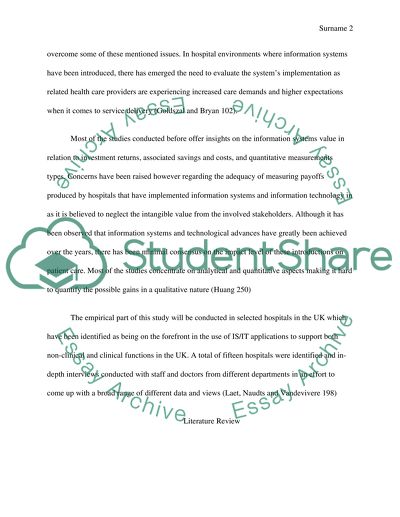Cite this document
(“The Estimation on the Value of Information Systems Dissertation”, n.d.)
The Estimation on the Value of Information Systems Dissertation. Retrieved from https://studentshare.org/information-technology/1456953-the-estimation-on-the-value-of-information-systems
The Estimation on the Value of Information Systems Dissertation. Retrieved from https://studentshare.org/information-technology/1456953-the-estimation-on-the-value-of-information-systems
(The Estimation on the Value of Information Systems Dissertation)
The Estimation on the Value of Information Systems Dissertation. https://studentshare.org/information-technology/1456953-the-estimation-on-the-value-of-information-systems.
The Estimation on the Value of Information Systems Dissertation. https://studentshare.org/information-technology/1456953-the-estimation-on-the-value-of-information-systems.
“The Estimation on the Value of Information Systems Dissertation”, n.d. https://studentshare.org/information-technology/1456953-the-estimation-on-the-value-of-information-systems.


